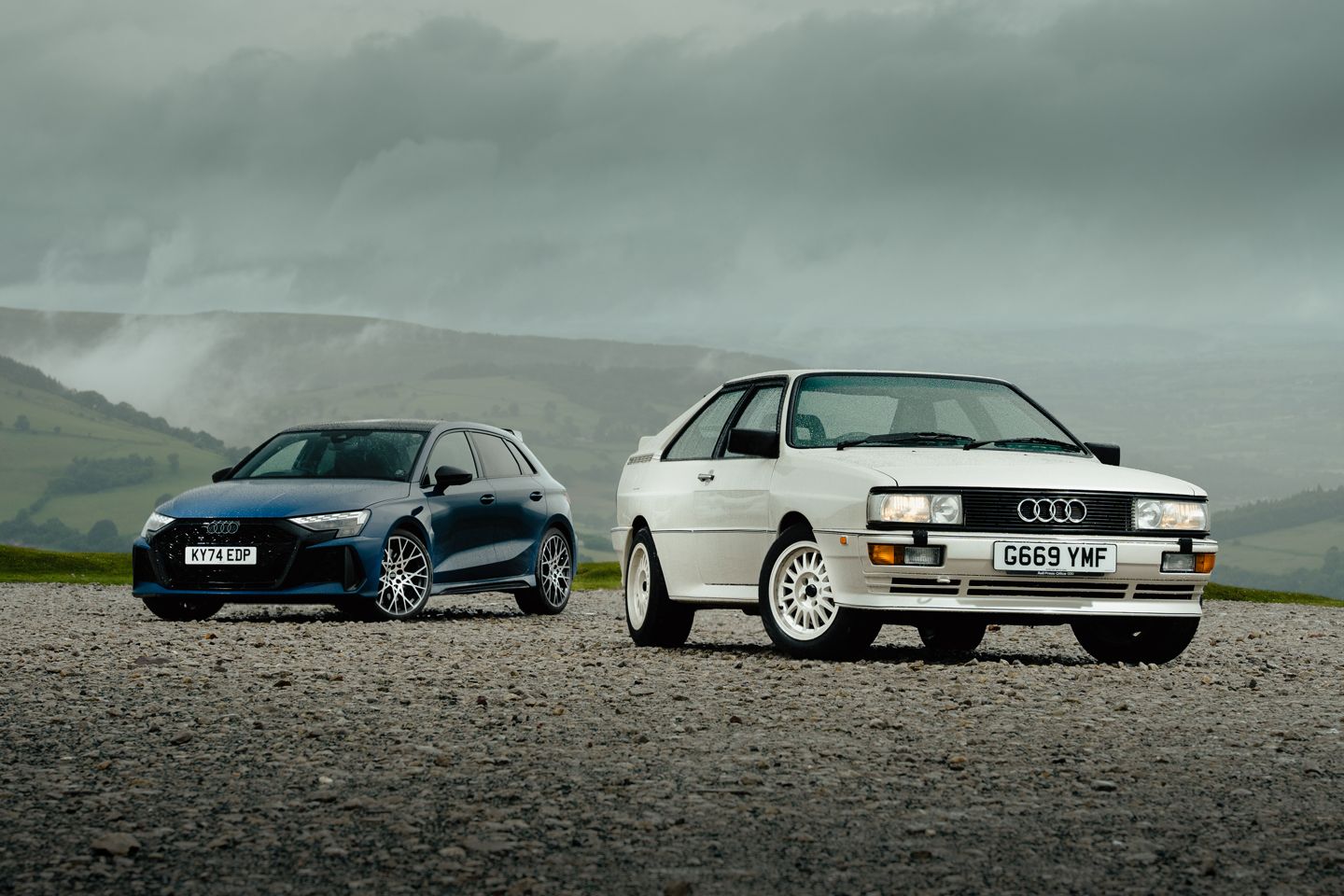
Audi’s commitment to RS3 – especially its beloved engine carried by the five lines – deserves some respect. For a long time, the original version, although few made it, had mocked very numbness, very inaccurate, very unjustified against its competitors. Such a great engine deserves a better car was the general consensus. This is what Audi, for nearly 15 years, was due to his achievement. The transition from 8p to 8V was an important step, and the fierce speed that is now associated with a more capable structure – with options such as ceramic brakes and magnetic camps that were on the super specifications sheet just a few years ago.
The plastic surgery of that car in 2017 was better than it tends to get credit, thanks mainly to a new development of the 2.5 -liter EA855 unit, with the addition of 33 hp and 26 kg offering. And boot at the back, if necessary. The same transmission group was transferred to 2021, albeit now with a background of the torque taste. It was a standard cut in Nürburgring, and the car of this favorite writer for 2021; Both were impossible just before a decade. Not satisfied with all of this, Audi Sport went another in RS3 with a sense of humor last year; The rule of the pH was unambiguous: ‘He had great qualities before and they were still there, but now he has a better front facade. It is better on the right track, and most importantly, better on the road. It might seem like an Out boy, and the 2015 interior design was more beautiful, but as a driving device, Audi certainly saved the best to the end.
However, even the most optimistic among the enthusiasts of five cylinders should now see writing on the wall. Look at the rest of the AUDI range, and stands out 2.5 like a painful thumb. While the manufacturer has only retracted his pledge, EV, it seems that the performance derivatives with the engines will be from four or six cylinders from now on. See the latest V6, Moderate S5, and next V8 RS6 Phev. Away from the bad mix, albeit with a clear absent. It is difficult to imagine that the work issue is applying to the engine of 30 miles per gallon, 200 grams/kilometers plus only in one style, especially with looming on the horizon in Euro 7.

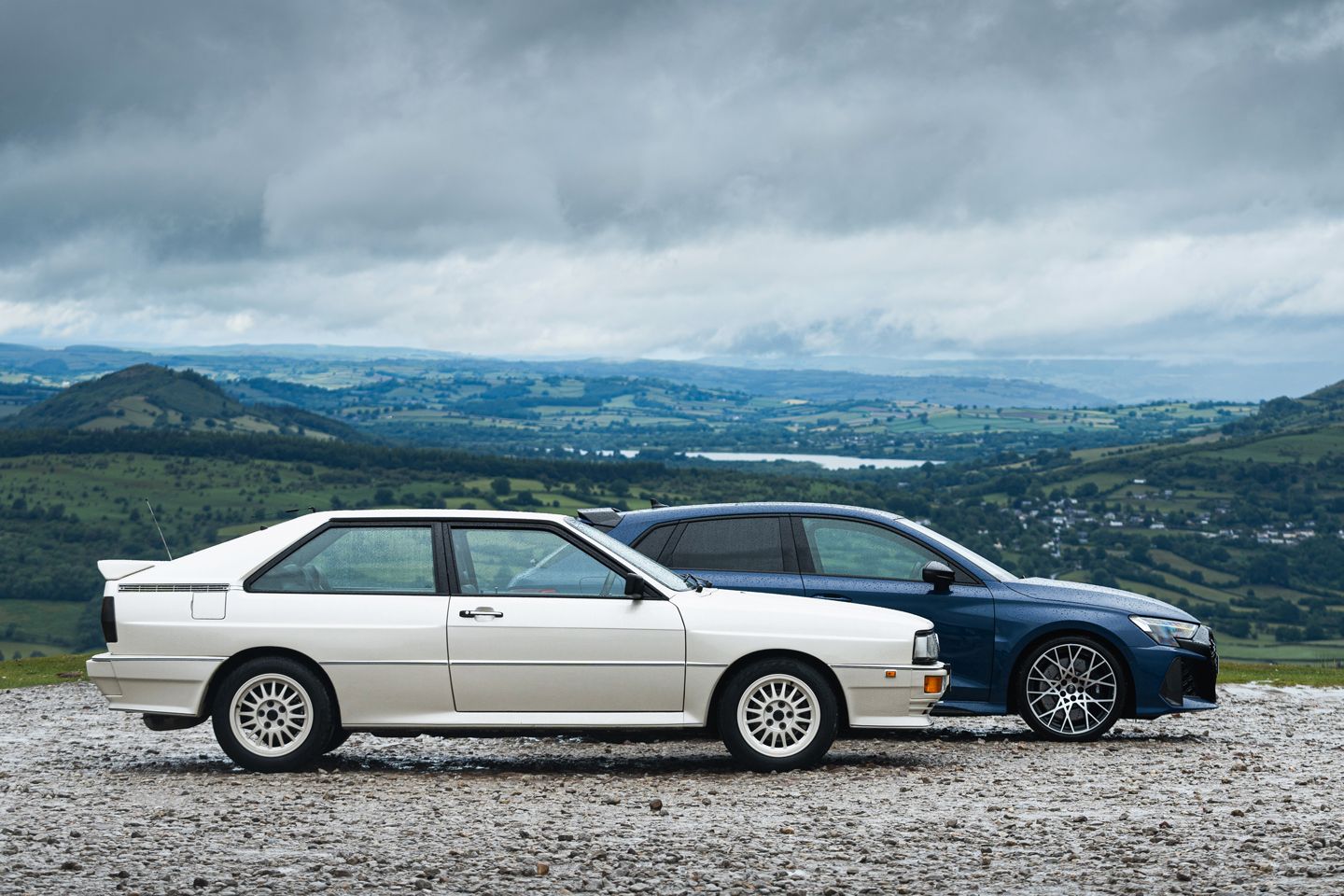
The problem is that Audi without a five -cylinder turbocharged engine that resembles Honda without high -tendons or BMW lacks six straight. The composition is essential to see the enthusiastic about the attractiveness of his brand to the point that it is difficult to imagine a world without it. The entire history of Audi differs greatly without five points. However, we are certain about the end.
So it seemed only appropriate, with the long -term RS3 assignment to return, to find out where the five cylinders Audi came 40 years ago or so. However, Quattro – the only technology that can be said to determine the best of four already intertwined rings. What started as a preliminary model 80 with VW ILTIS operating equipment has become one of the most copied parts of the technology (and has been copied a lot) that was presented on a car on the modern road. There was an innovation throughout the story of the five -cylinder Coatros, throughout the way to use the roasted gearbox pillar (so that another column can pass through the front axle engine); The electrification opens all kinds of possibilities for the four wheels that it also moves, even if it means the potential five cylinders disappear. Enjoy paying all wheels upon request a bright future, whatever the fate is hidden by combustion.
What will happen next for another day. But wherever the RS3 goes from here, her soul definitely arises in the car icon: Quattro. Although it is not a direct descendant, the similarities between two Audis are very many that cannot be ignored – and extend beyond the engine composition. What is the best way to establish whether there are already concrete common denominators between the adopted cars 40 years-that is, what has been improved at that time, and what he did not, and what makes four-wheel drive, five very distinctive cylinders-from bringing them to South Wales for 24 hours? We have organized rain and everything.
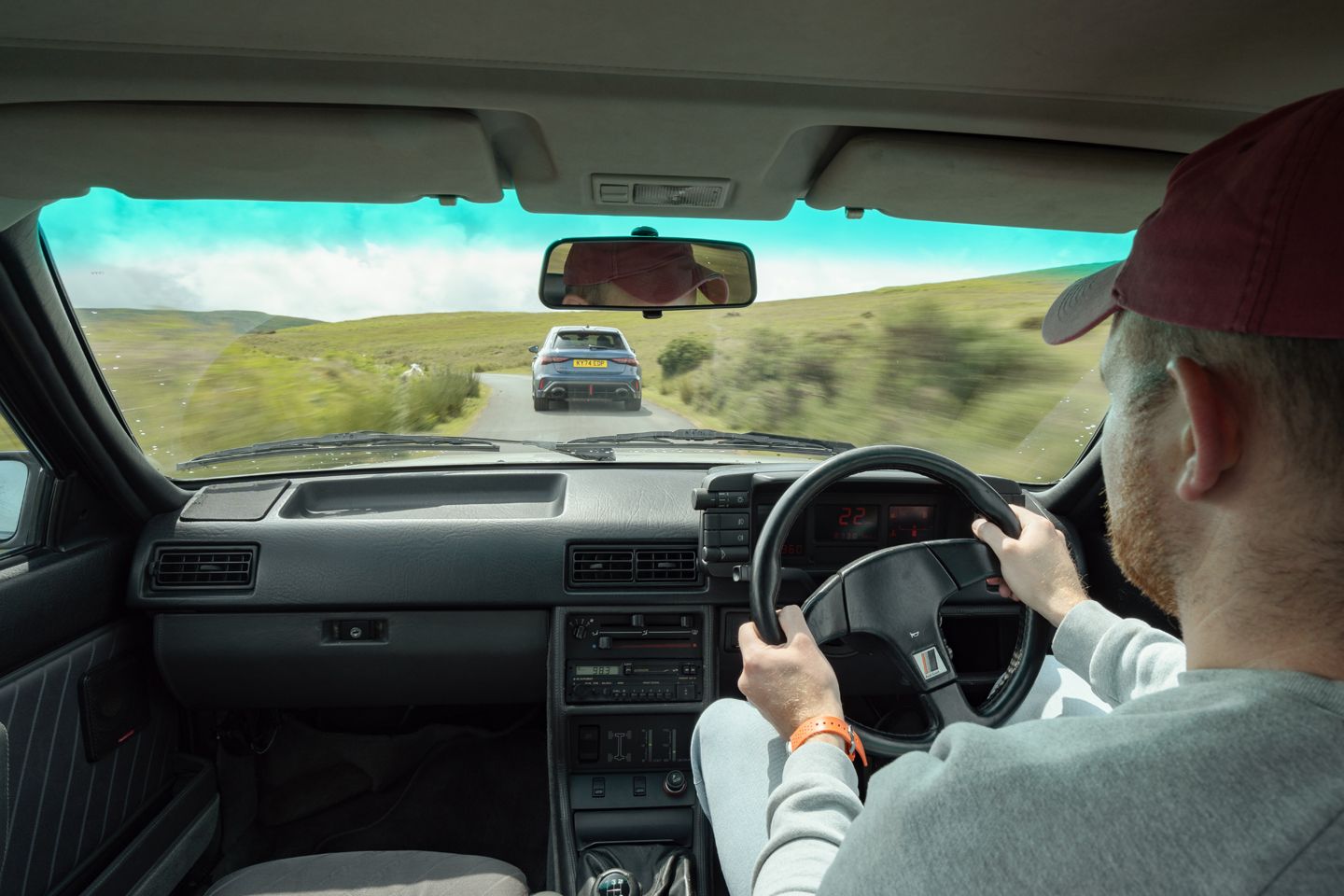
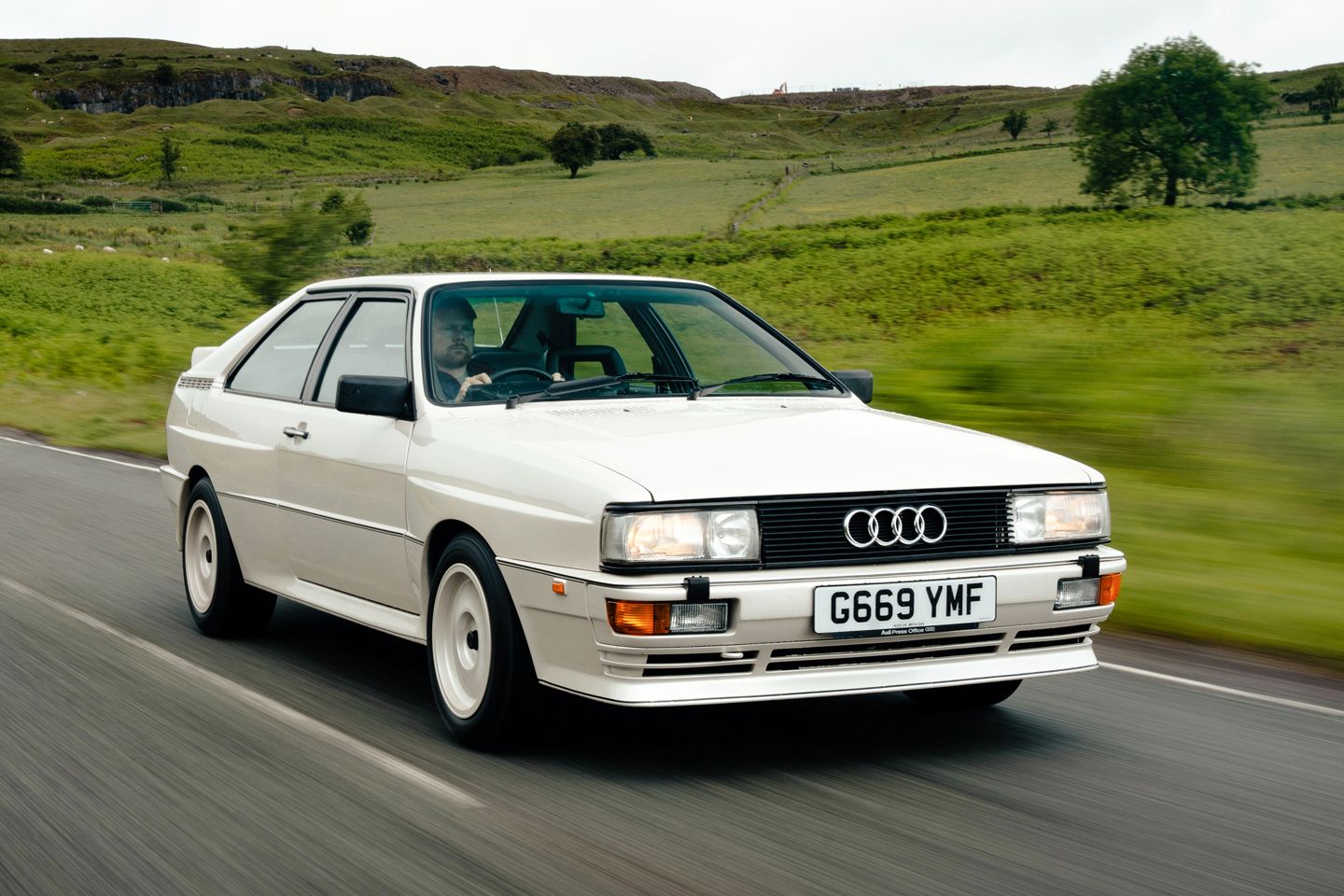
For a start, more than 250 cc cubic this pair of five valves is five valves; EA855 has grown only 10 cc since 2011, while the transformation from 10 valves to 20 in Quattro from 1988 witnessed the capacity of 2,144 to 2,226 cm. More than just things on paper, though, there is the fact that both Quattro and RS3 pressed a motor of this character – at that time, at that time, properly overlooking the network, now translated – into useable practical cars. The AutoCar Road test for 20 valves from 1990 is great, as Quattro is approaching 10 -year -old, but it is still erased with its four -seat cabin, smart materials, and generous standard equipment. These days, there is a great deal of RS3 attractiveness in its integrated dimensions that can be exploited in a sea of XXL performance cars, as well as the type of family friendliness that A3 can offer.
QUATTro and RS3 contain the Daft digital stations, which was not an expected feature of participation. “Orange digital tools provide a prominent contrast, and it is a dull paradox that Audi’s most obvious stabbing in modernity should now look slight,” Autocar said 35 years ago. miaow. Certainly, he clashes with the wonderful design of the rest of the cabin, if it still represents a little nostalgia for the past. The possible Runway Planning in RS3 is accurately with the general cabin, which still appears to be a somewhat questionable style on a lot of essence. It seems unlikely to raise any sad memories contracts on the line – it may be original 8p.
With exciting design additions, RS3 will not mistake anything else these days (where it may be once); Quattro still can learn about 100 steps. Passeries want to know if this is what they think; White white wheels look good as you hope, and there is still an incredible presence of a car from this ancient and this size. Even without penetration of the exciting wheelbase of Quattro or the visual Wallop for modern RS, it is impossible to look away. It is possible that “besiege” is likely to describe the best they face.
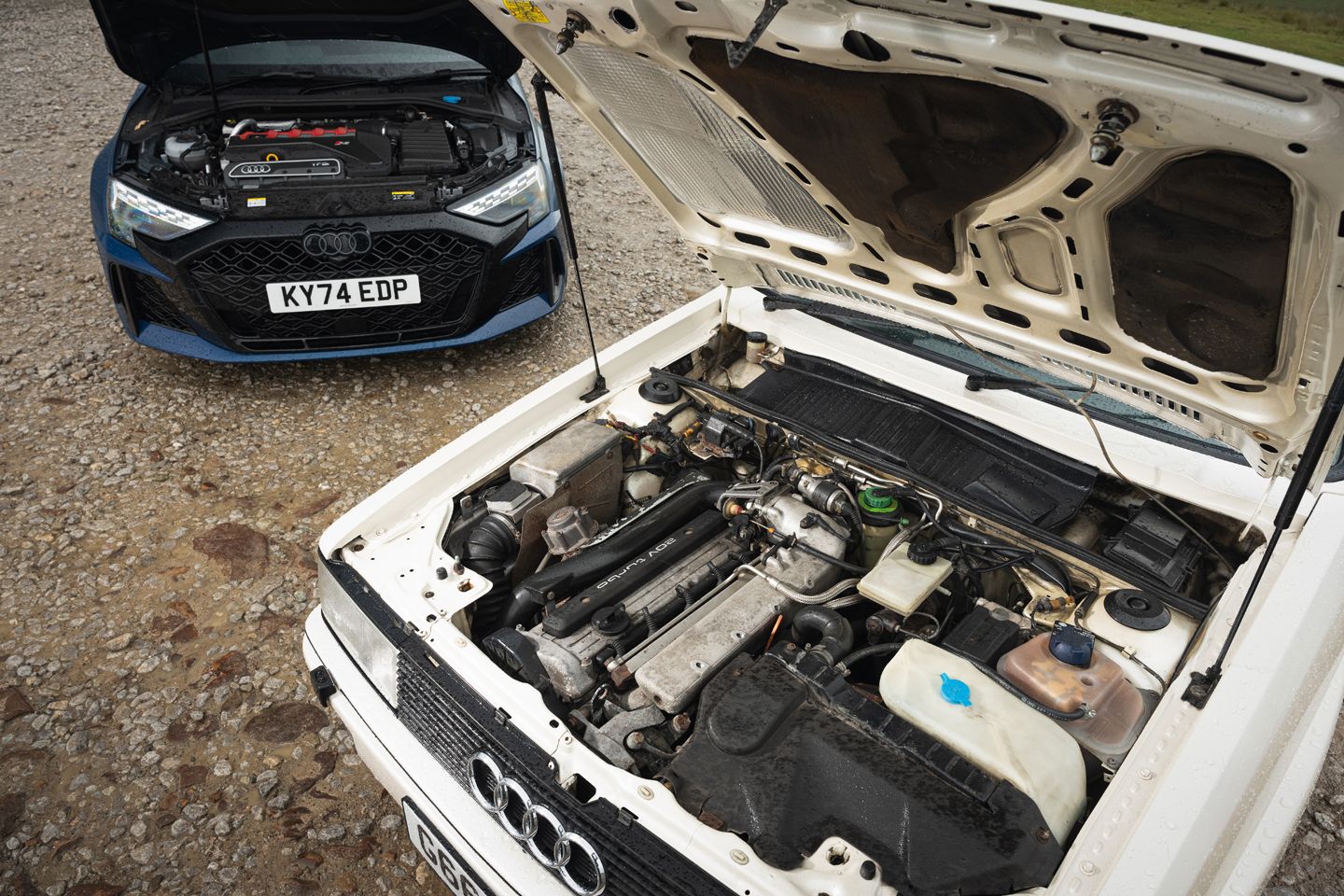
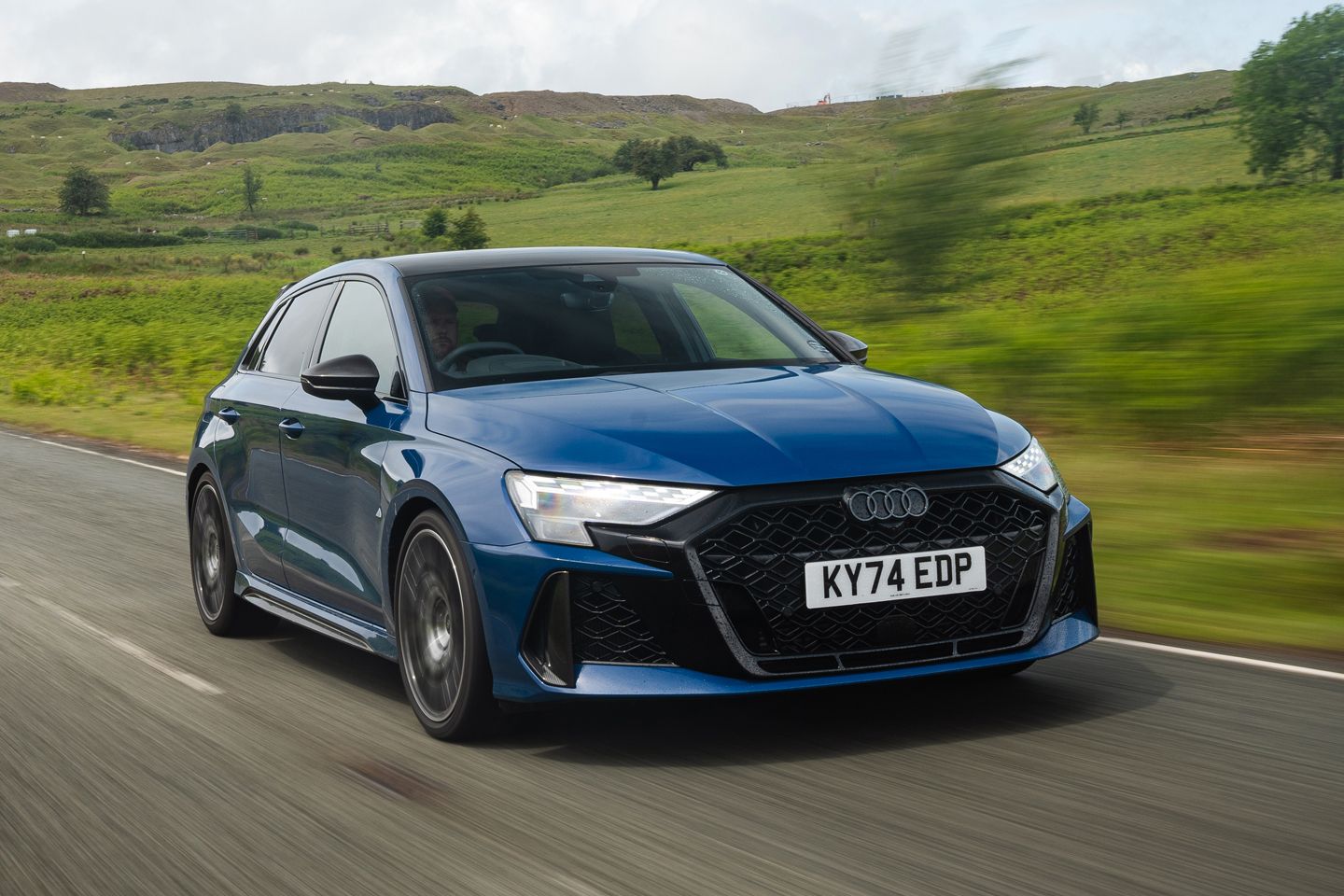
If we are now in the final development of the RS3 with this last aspect, the valves 20 represent the same for Quattro (except for private homogeneous special sport, of course). The energy increased by 10 percent with an additional 10 valves, and there was a useful stumbling block in torque to 218 pounds, while Coatros is very similar, subsequent Coatros benefited from a new five -speed guide, and moderate moderate suspension disk and Torsen Difff to replace the original setting. Autocar suggested that he “added more spices to the basic cocktail of massive stability and inaccural security”, making Quattro less vulnerable to frequency and even faster than bends. (And you thought that journalists who were swinging at the Audis front end were something new.)
In fact, it may be the biggest surprise to lead YMF in 2025 is how much a lot of experience feels. Oh, certainly, the brakes are pants and the end of gear is cultivation, but Quattro’s ability to give great confidence – even in stormy weather – directly from the modern Audi book. There is always a grip despite the humble rubber, always performing despite modest outputs (because nothing is dispensed), and only enough deportation around the car and the road to crack. It was more likely a large coupe once simultaneously now you feel the perfect volume for the model B route also.
Quattro is still able to do so, even according to modern standards, so in the fall of the Berlin Wall, when it was a sporty car spider alpha and a hot hatch 205 GTI, it must have felt as if it were a spacecraft against RS3, of course, still requires a little patience – the direction in particular is especially slower with its savings, and you raise that wheel where you want to go, jump on gas, and reach Your intended destination without hesitation or deviation, every time. It is a party trick.
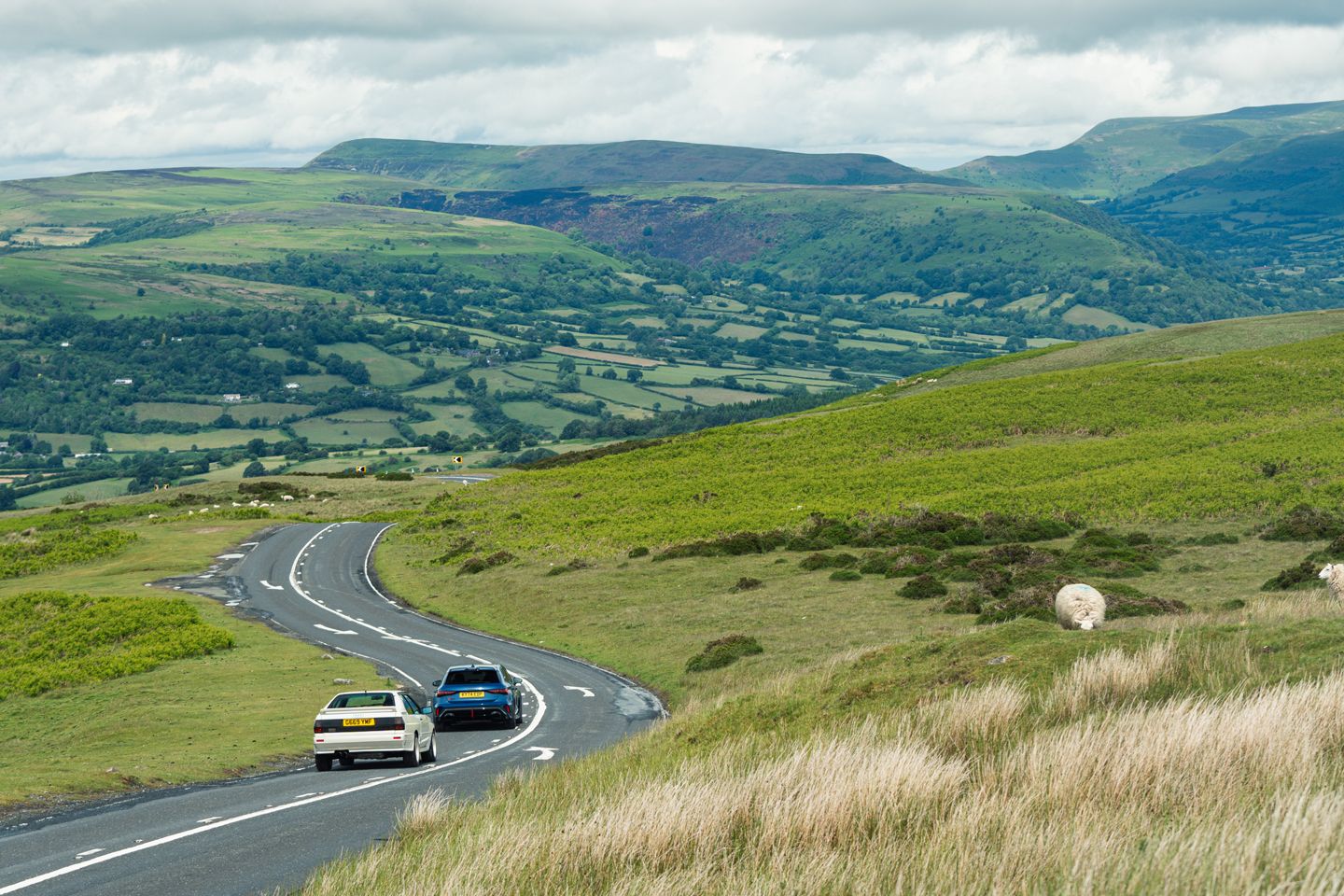

What a wonderful block too. To some extent against expectations (again), 2.2 is not a periphery with huge quantities of delay; It is more sleeping in its lower side, for sure, but not topid. Once above 3500 rpm, it really fly, a familiar war -off cry that overcomes your ears and climbed digital spa with four and 5 miles per hour to keep up with. The proportions are strange. The maximum speeds recorded in 1990 were 32 miles per hour, 58 miles per hour, 84 miles per hour, and 119 miles per hour in the first four gears, so once you go again (which is a row) of a third, Audi can be boiled compared to. But the generous torque and the unambiguous sound and a large -hearted personality leaves an indelible sign. It was even separated from the other, one of the engine or driving has made Quattro noticeable in the 1980s, so it is easy to see how they both made an immediate symbol.
Likewise, the Audi Sport, which was designed with 2.5, won many RS3 fans, whether it is 340 hp, 400 hp, or its nomination, non -candidate, standard or average. The rear difference to the torque really transcended the four -cylinder golf game to life as well. Combine the two – a real -character engine with the structure devices to achieve justice – and the result is definitely a special opening. After the old performance comes out, of course, your breath is far away, and the gearbox is beyond any comparison, however, the real ready -made meals are the extent of the similarity of this pair from the five cylinders. There is the same slight frequency in the low sessions, the same great swelling of the torque through the medium term, and the same rush (which is still very surprising) which is common – and is very loved – about both. The old Audi draws and performs escape, pottery and blowing through its sessions, and the total buried car there somewhere; Even with filters, it is the new Audi who really discovers in his five -cylinder position, where his heart comes out of lethargy to pieces. Both contribute to that commodity that we appreciate above all: the character.
If the twenty valves realize the capabilities in Quattro that runs on the roads, the same can be said for this last RS3. Some coarse edges have been rounded from the direct predecessor, while the experiment is somehow. It is on alert, very graceful, so that it was so unfamiliarly sorted that it is a little amazing. It may still be artificially enhanced, although the suspense is still undeniable. Especially as soon as your head revolves around the idea of the front end with this unbeatable purchase and the back axis that can also dictate the situation.
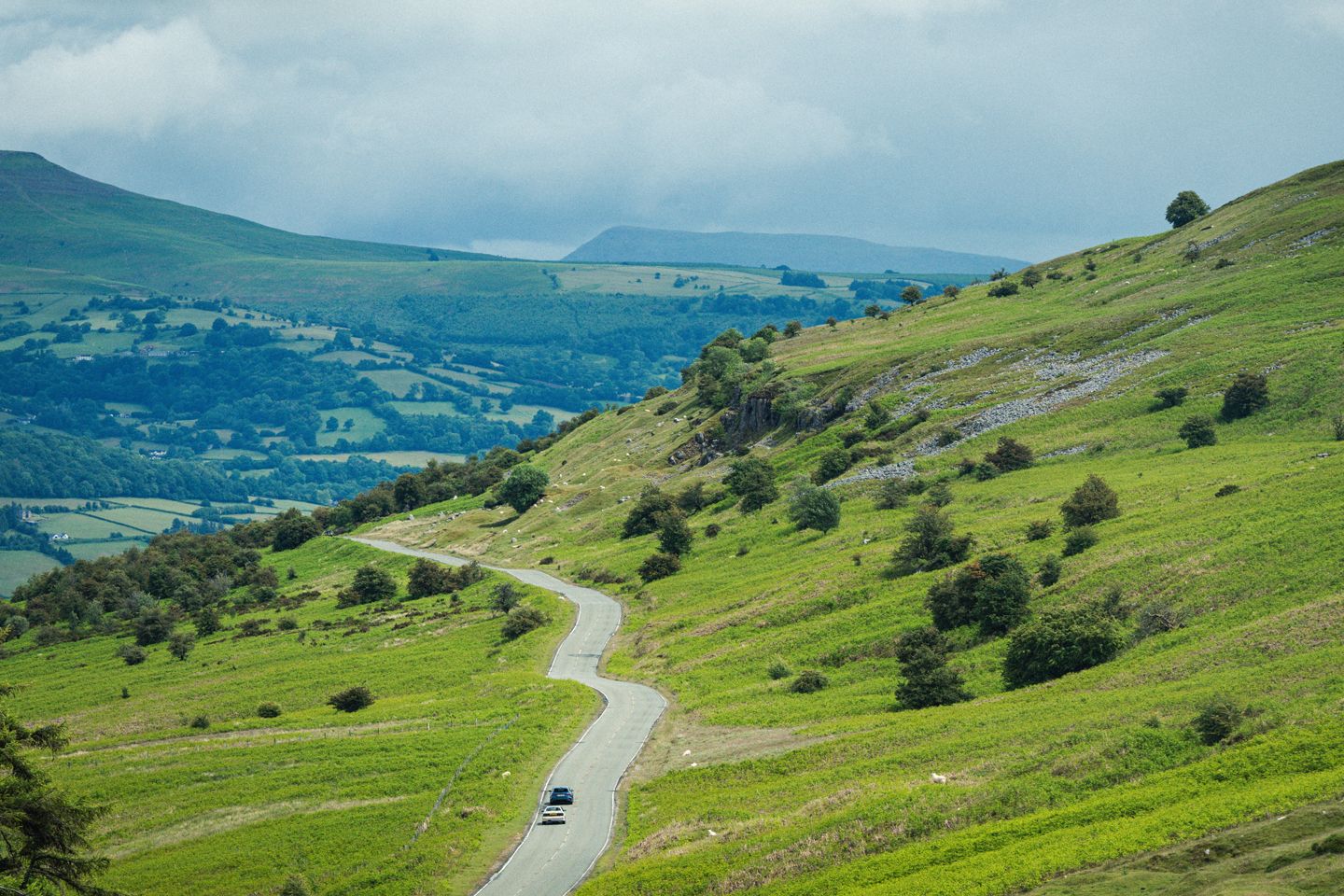

It is important, that the RS3 is receptive and yet you want to lead, which makes the company’s absorption on the B -wet road. And you do not need us to remind you that this was not always; Perhaps this is not really a 4WD technology as classic, but it is not half entertaining. The brake pedal is still completely incorrect, and the gearbox feels old, but what is an experiment. If this thing is just looking for how RS3s once, then Oudi will be goodbye to her five -cylinder story.
Maybe that will come; Audi has become late late – see the RS4, RS6 GT competition, and RS3 performance for Germany – to apply the special sauce in an unbearable moments. If this is really for the five cylinders after nearly half a century, it will be justified in a sign of this moment. Especially with this good basic car to start. In fact, while driving Quattro back with RS3 the SUDIS EUDIS development showed the five cylinders, it is encouraging to see where it can compare as well. There is a performance that goes beyond naked statistics, tremendous ability in all weather conditions, and a sound to taste it, for one reason or another, a uniquely captivating experience experience as well. The spirit of Quattro is in good health in the RS3, and it will simply not exist without a very special engine.
Specifications Audi Quattro 20v
engine: 2,226Cc, five -cylinder turbo
Transition: Hands 5 speeds, four -wheel drive.
Power (HP): 220@5,900 rpm.
Performing torque (l Libh): 228@1,950 rpm.
0-60mph: 6.3 seconds.
top gear: 141mp.
weight: 1,395 kg (claimed, AutoCar 1543 kg test).
Mila in the gallon: 28.5 (A fixed claim of 75 miles per hour, Autocar 19 -mega test).
CO2: us.
For sale: 1988-1991.
New price: 33,452 pounds (1990).
Specifications 2024 Audi RS3 Sportback
engine: 2,490CC, five cylinders, turbo.
Transition: 7 dual clutch speeds, four -wheel drive.
Power (HP): 400@5,600-7000 rpm.
Performing torque (l Libh): 369@2,250-5,600 rpm.
0-62 miles per hour: 3.8 seconds.
top gear: 155 miles per hour (174 miles per hour with the Carbon Forebung package).
weight: 1,640 kg.
Mila in the gallon: 30.4.
CO2: 211g/km.
price: From 62,210 pounds.
